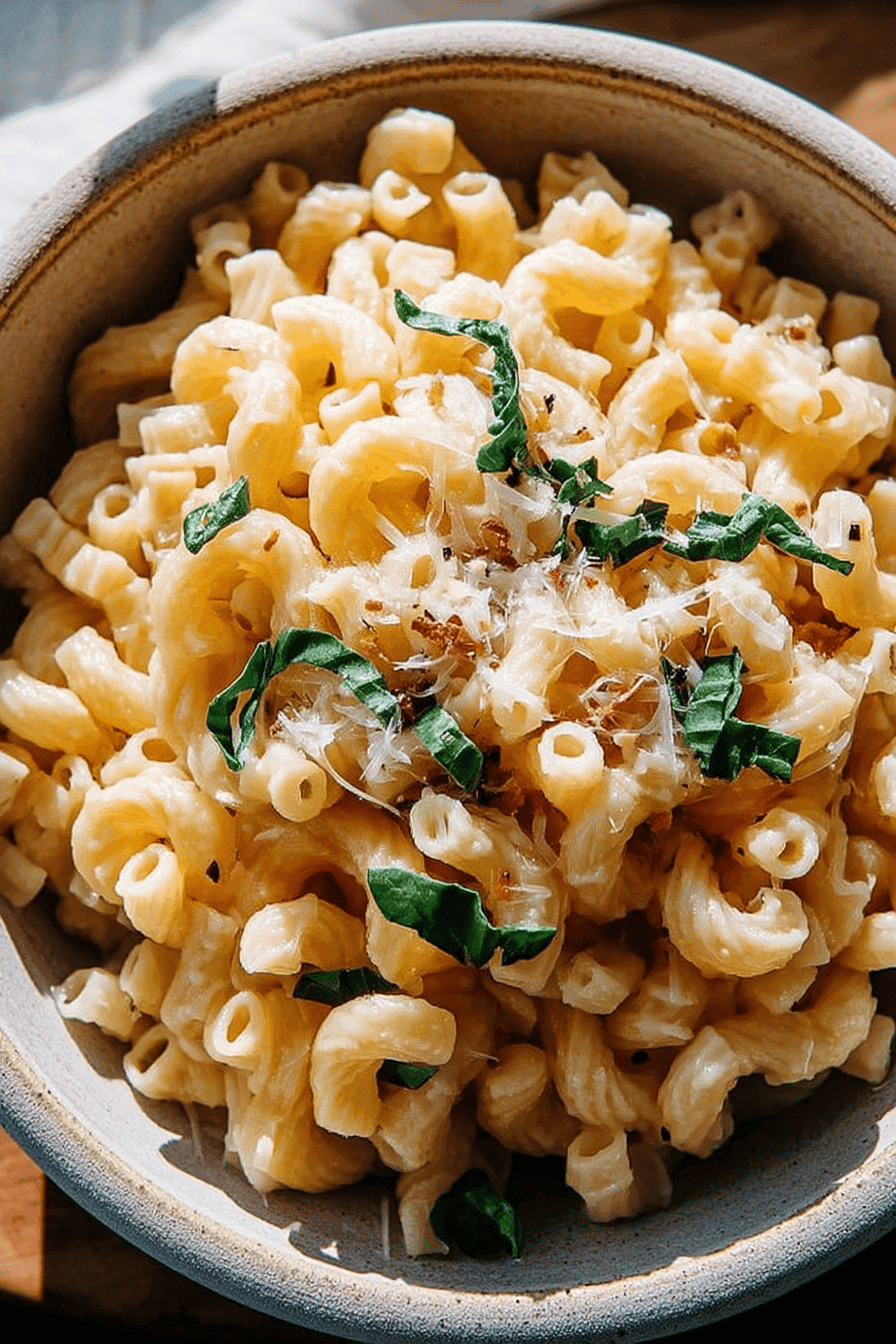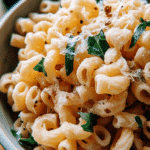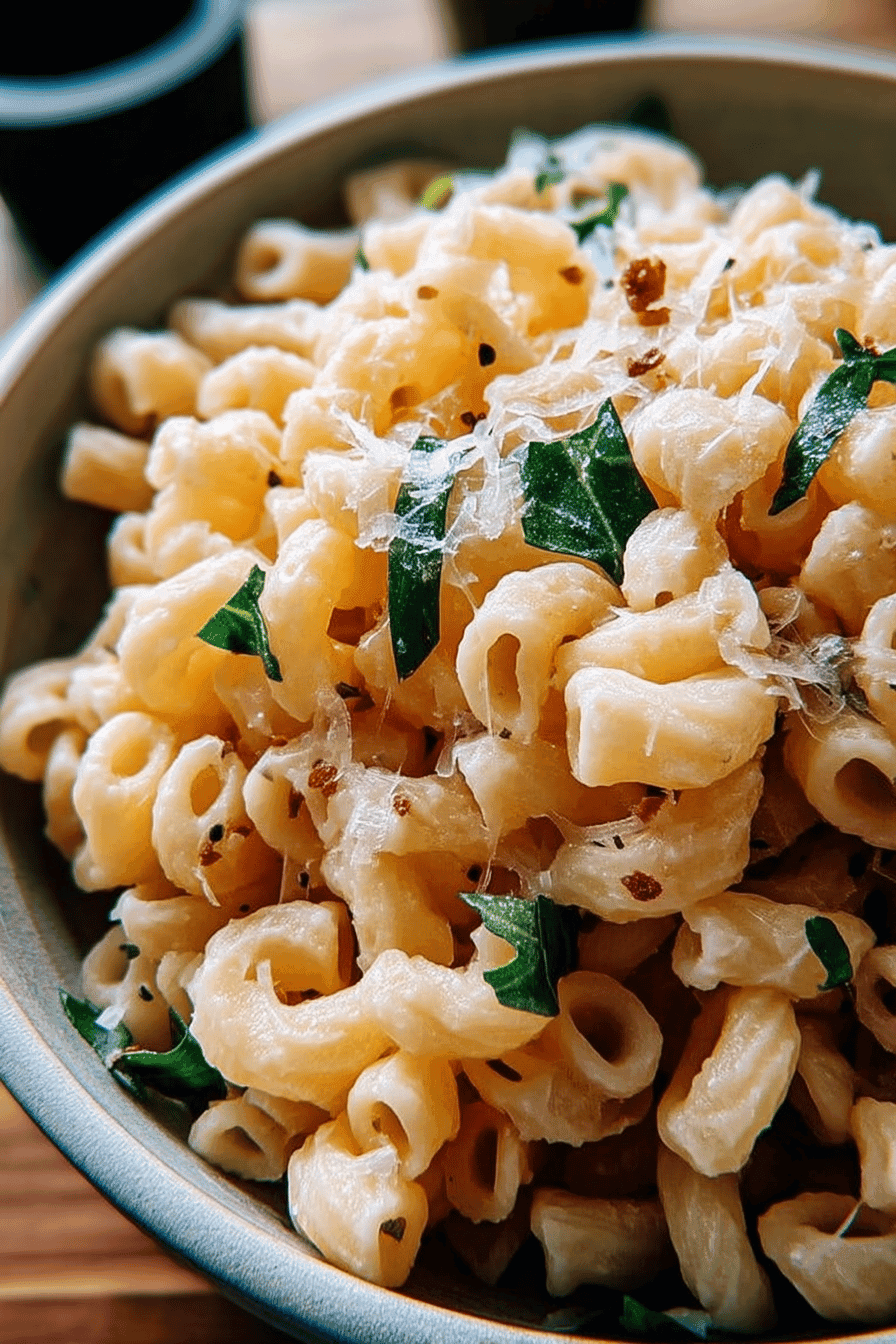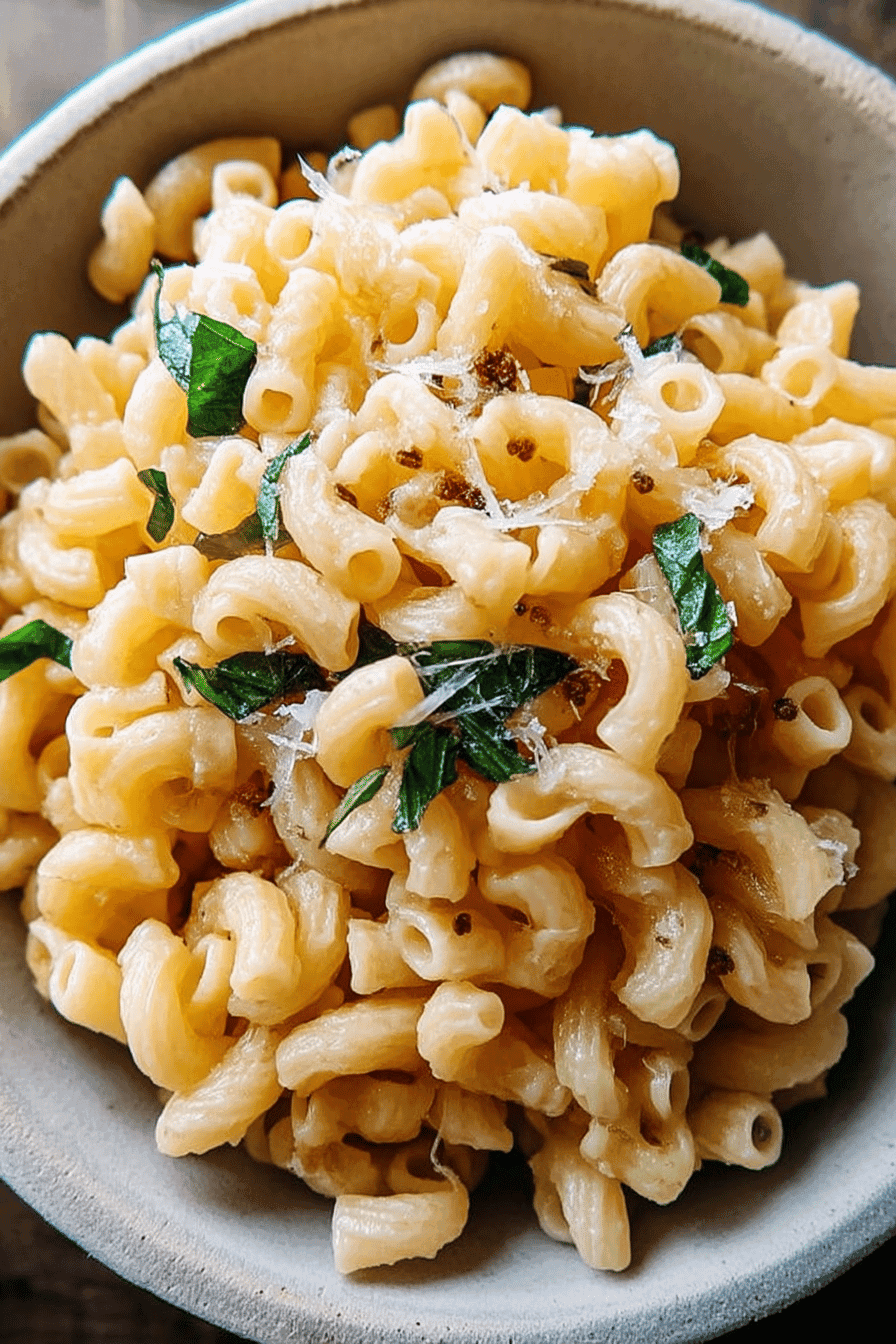Benefits and Advantages of ditalini pasta
Ditalini pasta is valued for its versatility and ease of use in numerous recipes, particularly soups and salads. Its small, tube-like shape, resembling little thimbles, allows it to cook quickly and absorb flavors effectively, lending a delightful texture and rich taste to meals without becoming mushy. Originating from Apulia, Italy, and popular in Sicilian cuisine, ditalini has grown worldwide due to its convenient size and culinary adaptability.
Rich in carbohydrates, ditalini provides a reliable energy source ideal for active individuals. Whole grain variations enhance dietary fiber intake, supporting digestive health and satiety. This pasta’s size makes it an excellent choice for hearty soups like minestrone and pasta e fagiole, where it complements vegetables, beans, and broth perfectly. Additionally, gluten-free options made from alternative flours allow those with sensitivities to enjoy ditalini without sacrificing flavor or texture.
Overall, ditalini pasta combines nutritional benefits with practical cooking advantages, making it popular among home cooks and busy families looking for fast, satisfying meals.
Jump To
- 1. Benefits and Advantages of ditalini pasta
- 2. Essential Ingredients for ditalini pasta
- 3. Dietary Substitutions to Customize Your ditalini pasta
- 4. How to Prepare the Perfect ditalini pasta: Step-by-Step Guide
- 5. Advanced Tips and Variations
- 6. How to Store ditalini pasta: Best Practices
- 7. Nutritional Value of ditalini pasta
- 8. FAQs: Frequently Asked Questions About ditalini pasta
- 9. ditalini pasta
Essential Ingredients for ditalini pasta
To prepare a delicious ditalini pasta dish, basic ingredients include:
- 200 grams ditalini pasta
- 2 tablespoons olive oil
- 1 clove garlic, minced
- Salt, to taste
- Pepper, to taste
- Vegetable broth or chicken stock (optional, for cooking the pasta or making sauce)
- Fresh herbs such as basil or parsley (to enhance freshness and aroma)
For dietary adaptations, replace chicken stock with vegetable broth for vegan options, and swap regular ditalini with gluten-free varieties made from rice or chickpea flour when needed. Low-calorie alternatives, such as zucchini noodles, can be substituted for pasta to reduce carbohydrates.
This selection offers a flexible foundation for both simple and elaborate ditalini pasta meals.
Dietary Substitutions to Customize Your ditalini pasta
Ditalini pasta recipes can be easily tailored to suit various dietary needs:
- Gluten-Free: Use gluten-free ditalini made from rice, corn, or chickpea flour to maintain pasta texture while avoiding gluten.
- Vegan: Swap chicken broth for vegetable broth and omit cheese or replace it with plant-based alternatives for a vegan-friendly meal.
- Low-Calorie: Replace ditalini pasta with spiralized vegetables like zucchini noodles to lower calories and increase vegetable intake.
- Higher Protein: Add legumes or tofu to boost the protein content of your dish without altering the base pasta.
- Low Sodium: Select low-sodium broth options and reduce added salt to make heart-friendly dishes.
These substitutions allow ditalini pasta dishes to remain delicious and accessible for various health requirements and preferences.
How to Prepare the Perfect ditalini pasta: Step-by-Step Guide
- Bring a large pot of salted water to a boil. Adding salt is important to season the pasta properly.
- Add the ditalini pasta to the boiling water. Stir occasionally to prevent sticking. Follow package directions for an al dente texture; typically, this takes about 8 to 10 minutes.
- While pasta cooks, heat olive oil over medium heat. Sauté minced garlic until fragrant to build a flavorful base.
- Drain the pasta, reserving some pasta water. This starchy water can help adjust sauce consistency later.
- Toss drained pasta into the garlic-infused oil. Add vegetable broth or your choice of sauce. For vegan dishes, ensure the broth is plant-based.
- Season with salt, pepper, and fresh herbs. Use herbs generously to add freshness, especially if reducing salt.
- Simmer the mixture for a few minutes. Allow flavors to meld, adding reserved pasta water as needed to reach desired thickness.
- Serve warm, optionally garnished with cheese or vegan alternatives.
This simple, adaptable process produces ditalini pasta dishes suited to a variety of tastes and dietary needs.
For more pasta recipe ideas, try my Chicken Mozzarella Pasta for a hearty dish perfect for busy weeknights.
Advanced Tips and Variations
To enrich your ditalini pasta dishes, here are some helpful tips and exciting variations:
- Toast the Pasta: For a nuttier flavor, briefly toast ditalini pasta in a dry skillet before boiling.
- Try Different Broths: Use mushroom or tomato broth to infuse distinct, savory flavors into your soups or pasta.
- Add Seasonal Vegetables: Incorporate asparagus, roasted peppers, or green peas to add texture, color, and nutrients.
- Spice It Up: Sprinkle red pepper flakes or smoked paprika for subtle heat and smoky undertones.
- Dairy-Free Creaminess: Blend soaked cashews into your sauce as a creamy, plant-based alternative.
- Baked Casserole: Combine cooked ditalini with vegan cheese and bake for a comforting pasta casserole.
Experimenting with these variations allows you to customize ditalini pasta dishes for diverse tastes while preserving their beloved texture and flavor.
How to Store ditalini pasta: Best Practices
Proper storage guarantees your ditalini pasta stays fresh and safe to enjoy:
- Refrigerate: Store cooked ditalini in an airtight container within two hours of cooking. Consume within 3-4 days.
- Freeze: For longer preservation, freeze pasta in flat, sealed containers or bags to save space and prevent freezer burn. Allow thawing overnight in the fridge.
- Reheat Gently: Warm thawed pasta on the stove or microwave, adding a splash of water or broth to maintain moisture.
- Avoid Repeated Freezing: Minimize freeze-thaw cycles to maintain texture and taste quality.
- Store Dry Pasta Correctly: Keep uncooked ditalini in a sealed container in a cool, dry place away from sunlight to extend shelf life.
These storage tips help maintain both texture and flavor, ensuring that your pasta dishes remain delicious from first to last bite.
Nutritional Value of ditalini pasta
Ditalini pasta offers a balanced nutritional profile ideal for energy and health:
| Nutrient | Amount per 100g Cooked | Health Benefit |
|---|---|---|
| Calories | Approximately 350 kcal | Provides essential energy for daily activities |
| Carbohydrates | 70 grams | Main energy source, especially for active individuals |
| Protein | 12 grams | Supports muscle repair and growth |
| Fat | 1.5 grams | Low fat content, heart-friendly |
| Dietary Fiber | Higher in whole grain versions | Improves digestion and promotes satiety |
| Sodium | Low | Good for heart health |
Whole grain ditalini enhances fiber intake, while gluten-free options accommodate dietary restrictions without sacrificing essential nutrients. Combined with fresh ingredients or plant proteins, ditalini pasta is a wholesome base for many balanced meals.

FAQs: Frequently Asked Questions About ditalini pasta
What is ditalini pasta and how is it used in cooking?
Ditalini pasta consists of small, tube-shaped pieces roughly the size of a thumbnail. Its name means “little thimbles” in Italian. Ditalini is commonly used in soups, especially minestrone, where its size and shape hold broth and ingredients well. It also works great in pasta salads and baked casseroles. Because it cooks quickly and has a tender chew, ditalini pairs well with both light and hearty sauces, making it a versatile choice in many Italian and Mediterranean recipes.
How long does it take to cook ditalini pasta?
Ditalini pasta typically cooks in about 8 to 10 minutes in boiling water, depending on the brand and thickness. It is best to follow package instructions and check for doneness a minute or two before the suggested time. The goal is to reach al dente, where the pasta is tender but still slightly firm to the bite. Overcooking can cause ditalini to become mushy, especially in soups where it continues to soften.
Can ditalini pasta be used in gluten-free recipes?
Traditional ditalini pasta is made from durum wheat semolina and contains gluten. However, gluten-free versions are available made from alternative flours like rice, corn, or chickpea. When cooking gluten-free ditalini, check packaging for specific cooking times and consider adding it toward the end of preparation to maintain the best texture, especially in soups and salads.
What are some popular dishes that feature ditalini pasta?
Ditalini is a staple in Italian soups like minestrone and pasta e fagioli, where its small tubular shape complements vegetables, beans, and broth. It is also used in pasta salads paired with fresh herbs, cheeses, and vinaigrettes. Baked dishes such as pasta casseroles or “pasta al forno” sometimes include ditalini for a hearty, comforting texture. Its versatility makes it well-suited for both home cooking and traditional Sicilian recipes.
Where can I buy ditalini pasta, and how should I store it?
Ditalini pasta can be found in most grocery stores, typically in the pasta aisle alongside other small shapes. It is also available at Italian specialty markets and online retailers. Store dried ditalini pasta in an airtight container in a cool, dry place away from direct sunlight. This helps maintain its quality and shelf life, which can be up to two years if stored properly. Once cooked, refrigerate any leftovers in a sealed container and consume within 3-4 days.

ditalini pasta
- Total Time: 12-15 minutes
- Yield: 4 servings
- Diet: Vegetarian
Description
🍝 Ditalini pasta offers a quick and versatile option for delicious, comforting dinners everyone can enjoy.
🥄 Perfect for soups, pasta salads, or creamy dishes, it holds shape well and pairs beautifully with a variety of ingredients.
Ingredients
– 200 grams ditalini pasta
– 2 tablespoons olive oil
– 1 clove garlic, minced
– Salt, to taste
– Pepper, to taste
– Vegetable broth or chicken stock (optional, for cooking the pasta or making sauce)
– Fresh herbs such as basil or parsley (to enhance freshness and aroma)
Instructions
Bring a large pot of salted water to a boil. Adding salt is important to season the pasta properly.
Add the ditalini pasta to the boiling water. Stir occasionally to prevent sticking. Follow package directions for an al dente texture; typically, this takes about 8 to 10 minutes.
While pasta cooks, heat olive oil over medium heat. Sauté minced garlic until fragrant to build a flavorful base.
Drain the pasta, reserving some pasta water. This starchy water can help adjust sauce consistency later.
Toss drained pasta into the garlic-infused oil. Add vegetable broth or your choice of sauce. For vegan dishes, ensure the broth is plant-based.
Season with salt, pepper, and fresh herbs. Use herbs generously to add freshness, especially if reducing salt.
Simmer the mixture for a few minutes. Allow flavors to meld, adding reserved pasta water as needed to reach desired thickness.
Serve warm, optionally garnished with cheese or vegan alternatives.
Notes
⏱️ Cook ditalini al dente to preserve its firm, pleasant texture.
🍲 Add ditalini towards the end of soup cooking to prevent over-softening.
🌿 Fresh herbs, olive oil, and cheese enhance flavor and elevate simple dishes.
- Prep Time: 5 minutes
- Cooking Time: 7-10 minutes
- Cook Time: 7-10 minutes
- Category: Dinner
- Method: Boiling
- Cuisine: Italian
Nutrition
- Serving Size: 1 cup cooked
- Calories: 210 kcal
- Sugar: 1 g
- Sodium: 10 mg
- Fat: 3 g
- Saturated Fat: 1 g
- Unsaturated Fat: 2 g
- Trans Fat: 0 g
- Carbohydrates: 40 g
- Fiber: 2 g
- Protein: 7 g
- Cholesterol: 10 mg
Keywords: Ditalini Pasta, Italian Pasta, Pasta Soup, Easy Ditalini Recipes



I just made this dish last night, and it was a hit! 🍝 I added a bit of lemon zest as a finishing touch, which gave it a nice, fresh kick. Definitely keeping this recipe in my favorites! Thank you!
★★★★★